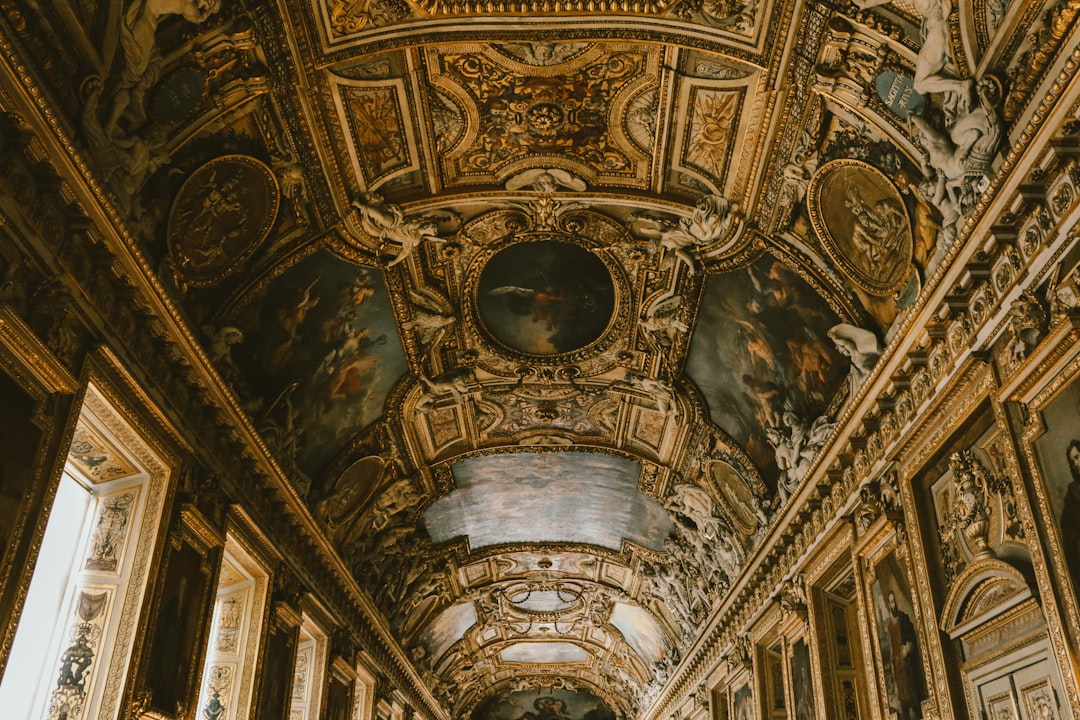
Exploring the Importance of Visiting Monuments: A Journey Through History and Culture
# Introduction. Visiting monuments is akin to stepping into a living museum where each structure tells a story steeped in history, culture, and artistry. From ancient ruins to modern commemorative statues, monuments serve as a bridge to the past, offering visitors unique insights into the societies that created them. In this blog post, we’ll explore compelling reasons why you should include monuments in your travel itinerary and appreciate their significance in our modern lives. # A Glimpse into History. Monuments are portals to the past; they allow us to witness the glories and struggles of human civilization. Each monument, whether it’s the towering pyramids of Egypt or the solemn memorials of World War II, encapsulates a critical event or era in history. Visiting these sites enhances our understanding of historical timelines and transformative moments. For instance, a trip to the Great Wall of China doesn’t just offer breathtaking views; it provides an opportunity to learn about the dynasties that built it to protect their territory from invasions. Moreover, monuments often serve as focal points for storytelling, connecting generations through shared tales. By walking through these sites, you embody the very essence of those who walked before you, fostering a deeper appreciation of history. # Cultural Significance and Artistic Expression. Monuments are not just physical structures; they are cultural symbols representing the identity, beliefs, and values of societies. Artists and architects pour their creativity into designing monuments that capture a nation’s ethos. The Eiffel Tower in Paris, for instance, is not just a feat of engineering but an iconic representation of French culture and innovation. When you visit a monument, you engage with the artistic expressions that define that place. This engagement provides insight into local traditions, influences, and narratives, giving visitors a nuanced understanding of a culture. Furthermore, many monuments serve as gathering points for festivals and cultural events, showcasing the living culture surrounding these historical treasures. # Promoting Tourism and Economic Benefits. Tourism centered around monuments can have significant economic benefits for local communities. Many countries prioritize the protection and preservation of these sites, recognizing their potential to attract millions of visitors each year. For example, the ancient city of Petra in Jordan draws travelers worldwide, boosting the local economy and creating jobs in sectors like hospitality, transportation, and retail. Responsible tourism surrounding these sites helps sustain communities and supports cultural preservation initiatives. By choosing to visit monuments, you not only enrich your travel experience, but also contribute to the local economy and help maintain these important landmarks for future generations. # Reflection and Remembrance. Many monuments serve as memorials, offering spaces for reflection, remembrance, and healing. They remind us of the sacrifices made in the name of freedom, equality, and justice. The Vietnam Veterans Memorial in Washington, D.C., stands as a testament to the bravery and loss experienced during the war. Visiting such sites encourages deeper understanding and discussions about complex themes like conflict, peace, and reconciliation. Monuments can evoke strong emotions, prompting personal introspection about historical events and societal impacts. Consequently, engaging with these sites offers a profound opportunity to honor those who came before us while recognizing the importance of learning from the past. # Educational Opportunities. Monuments are invaluable resources for education. They serve as outdoor classrooms, offering lessons beyond textbooks. Guided tours led by knowledgeable experts can illuminate the historical context and architectural details that may not be apparent at first glance. Schools and universities often incorporate field trips to these sites, fostering an appreciation among younger generations for their cultural heritage. With various museums and information centers near major monuments, visitors can access additional resources to enhance their understanding of the site's significance and its surrounding history. # Conclusion. In conclusion, visiting monuments extends far beyond sightseeing; it is about connecting with history, culture, and humanity. These significant structures ignite curiosity, enrich our understanding of societies, and promote cultural preservation. As you plan your travels, don’t overlook the incredible opportunities for exploration and enlightenment that monuments offer. Whether it's a monumental heritage site or a local commemorative sculpture, each visit serves as a reminder of our shared history and a celebration of the diverse cultures that shape our world today. Embrace the journey, and allow the stories embedded within these monuments to inspire and educate. .








